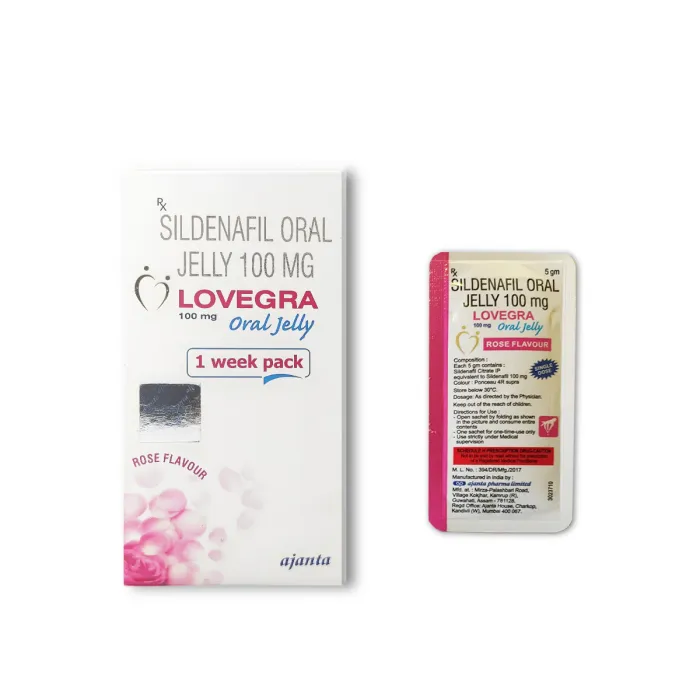Sexual health is a key component of general wellness, yet specific responses like female ejaculation or FE remain misunderstood or overlooked. For some, it’s a natural part of pleasure or climax; for others, its purpose is unclear or clouded by myths.
To better understand this experience, it helps to look at what’s happening in the body. Female ejaculation involves the release of fluid from glands near the urethra during sexual stimulation. The volume, appearance, and frequency can vary significantly from person to person.
In this article, we will look into female ejaculation, how it happens, and why it’s an entirely normal part of some people’s sexual experience. Read on to learn more.
What is female ejaculation?
Female ejaculation involves the discharge of fluid from the Skene’s glands, commonly referred to as the female prostate, during sexual arousal or orgasm.
These glands are located near the urethra and are considered homologous (structurally similar) to the male prostate. They produce fluid that contains Prostate-Specific Antigen (PSA) and fructose, substances also found in male ejaculation.
Unlike typical vaginal lubrication, female ejaculate is chemically distinct and originates from a separate glandular source. While the amount and frequency vary between individuals, this response is a natural physiological process.
Save up to 90% on your medicine bills

Lovegra 100 Mg

Femalegra 100 Mg

Super Lovegra Tablet

Lovegra Oral Jelly
How does ejaculation for females happen?
The process of FE begins during sexual arousal when blood flow increases to the pelvic region. The Skene’s glands, which surround the urethra, gradually fill with fluid as excitement builds. This mechanism mirrors what happens in male anatomy, where the prostate gland produces fluid that becomes part of the ejaculation.
Stimulation plays a crucial role in triggering this response. The area most commonly associated with this phenomenon is the anterior vaginal wall, often referred to as the G-spot. When stimulated, this region contains nerve endings that activate the glands to release their contents.
The timing varies significantly among women. Some experience release before reaching climax, others during orgasm, and some afterwards. The intensity of stimulation, level of arousal, and individual anatomy all influence when and how this occurs.
What makes this process particularly interesting is its involuntary nature. Unlike other sexual responses that can sometimes be controlled, this release typically happens automatically when the right conditions are met.
What does female ejaculation look like and feel like?
The appearance and sensation of FE can vary between individuals. The fluid is typically:
- Color: Usually whitish.
- Consistency: Thick and milky, not watery like urine.
- Amount: Usually very scanty, around 1–5 millilitres.
- Odor: Mild, sometimes slightly musky but not strong.
What female ejaculation feels like varies among women. Many describe it as:
- A feeling of pressure or fullness before release
- Intense pleasure during the moment of ejaculation
- A sense of release or relief afterwards
- Sometimes accompanied by stronger orgasmic sensations
The experience can range from barely noticeable to quite intense, and not all women who ejaculate are aware that it’s happening.
Female ejaculation vs squirting
The difference between female ejaculation and squirting is one of the most common misconceptions in sexual health. While both phenomena involve fluid release, they are entirely different processes with distinct sources and characteristic
Real FE:
- Originates from the Skene’s glands.
- Produces small amounts of thick, whitish fluid.
- Contains PSA and other prostate-specific substances.
- Female ejaculate comes from specialized glands, not the bladder.
Squirting:
- Involves fluid from the urinary bladder.
- Much larger volume of diluted fluid.
- Different biochemical composition.
- Squirting is essentially involuntary urination mixed with some glandular secretions.
The confusion between these experiences has led to unrealistic expectations and misunderstandings. Both are normal bodily responses, but recognizing the difference helps women understand their experiences more accurately.
How common and normal is female ejaculation?
FE is more common than many people think, but experiences vary widely. Studies show that around 35–50% of women report releasing some fluid during orgasm.
However, how this is defined can change from study to study. Other research estimates that 10–54% of women may experience true FE.
One study also found that less than half of women ejaculate during sexual stimulation, which means it’s completely normal if you don’t. Everybody responds differently, and not experiencing ejaculation doesn’t mean anything is wrong.
Should you be concerned if FE does not happen?
Absolutely not. The absence of this experience is not a sign of sexual dysfunction or any health issue. Many women never experience ejaculation throughout their entire lives, and this is entirely normal and healthy.
Sexual response varies tremendously among individuals, influenced by anatomy, hormones, psychology, and personal preferences. Focusing excessively on achieving any particular response can create Performance Anxiety, which ironically may interfere with natural sexual enjoyment.
Some women may notice occasional ejaculation but not consistently. This variation is also standard and can be influenced by:
- Stress levels and overall health
- Hormonal fluctuations throughout the menstrual cycle
- Hydration status
- Types of stimulation received
- Emotional state and comfort level
The aim of sexual activity should be pleasure, intimacy, and connection, not achieving specific physical responses. Every woman’s body is different, and embracing these differences leads to healthier, more satisfying intimate experiences.
When to talk to a doctor
Most aspects of FE are normal and don’t require medical attention. However, you should consult a healthcare provider if you experience:
- Sudden changes in ejaculation patterns
- Pain or discomfort during sexual activity
- Concerns about fluid color, odor, or consistency
- Anxiety about sexual function affecting your daily life
- General questions about sexual health and function
Remember that sexual health is a crucial component of overall well-being. Healthcare providers receive training to discuss these topics professionally and confidentially, so don’t hesitate to bring up any concerns during appointments.
Conclusion
Female ejaculation is a natural and valid part of sexual experience for some women, though it’s often misunderstood. It involves the release of fluid from the Skene’s glands during arousal or orgasm and is different from squirting, which originates from the bladder.
The color, amount, and sensation can vary from person to person. Whether or not it happens, it’s perfectly normal either way. What matters most is comfort, pleasure, and connection, not meeting expectations.
If you ever feel unsure about changes, discomfort, or have questions about your body’s response, don’t hesitate to talk to a healthcare professional. Open conversations lead to better understanding and more confidence in your sexual wellbeing.

FAQs
What does female ejaculation taste like?
The taste of female ejaculate is usually mild and varies from person to person. It may be slightly sweet, musky, or neutral, with a faint metallic or salty note due to enzymes and minerals, but it’s generally not unpleasant or overpowering.
Is female ejaculation pee?
No. While it may pass through the urethra and contain trace amounts of urine, FE originates from the Skene’s glands. It includes PSA and fructose, making it chemically and biologically distinct from urine.
Can you train your body to ejaculate?
Yes. Some women can learn to trigger female ejaculation through G-spot stimulation, increased body awareness, and relaxation. However, it varies by individual and may not happen for everyone, even with consistent effort or the right technique.
Can female ejaculation happen during sleep?
Yes, although it’s rare. Some women report experiencing FE during erotic dreams or sleep-induced arousal. Like nocturnal emissions in men, it may happen without conscious awareness and is considered a normal physiological response.
Is female ejaculation messy or uncomfortable?
No, not typically. For most women, the amount is small and easy to manage. It’s not usually uncomfortable, though the sensation might feel unfamiliar. Being prepared with a towel or protection can help reduce concern during sexual activity.
Can medications affect female ejaculation?
Yes. Certain medications, such as antidepressants, hormonal contraceptives, or sedatives, can affect the body’s sexual response, including FE. These may influence blood flow, hormone levels, or sensitivity, which can reduce or delay the experience.
Cheap Medicine Shop only refers to credible, authoritative sources for our content. If you’re curious about how we ensure the integrity of our content, we encourage you to read our Content Information Policy.














